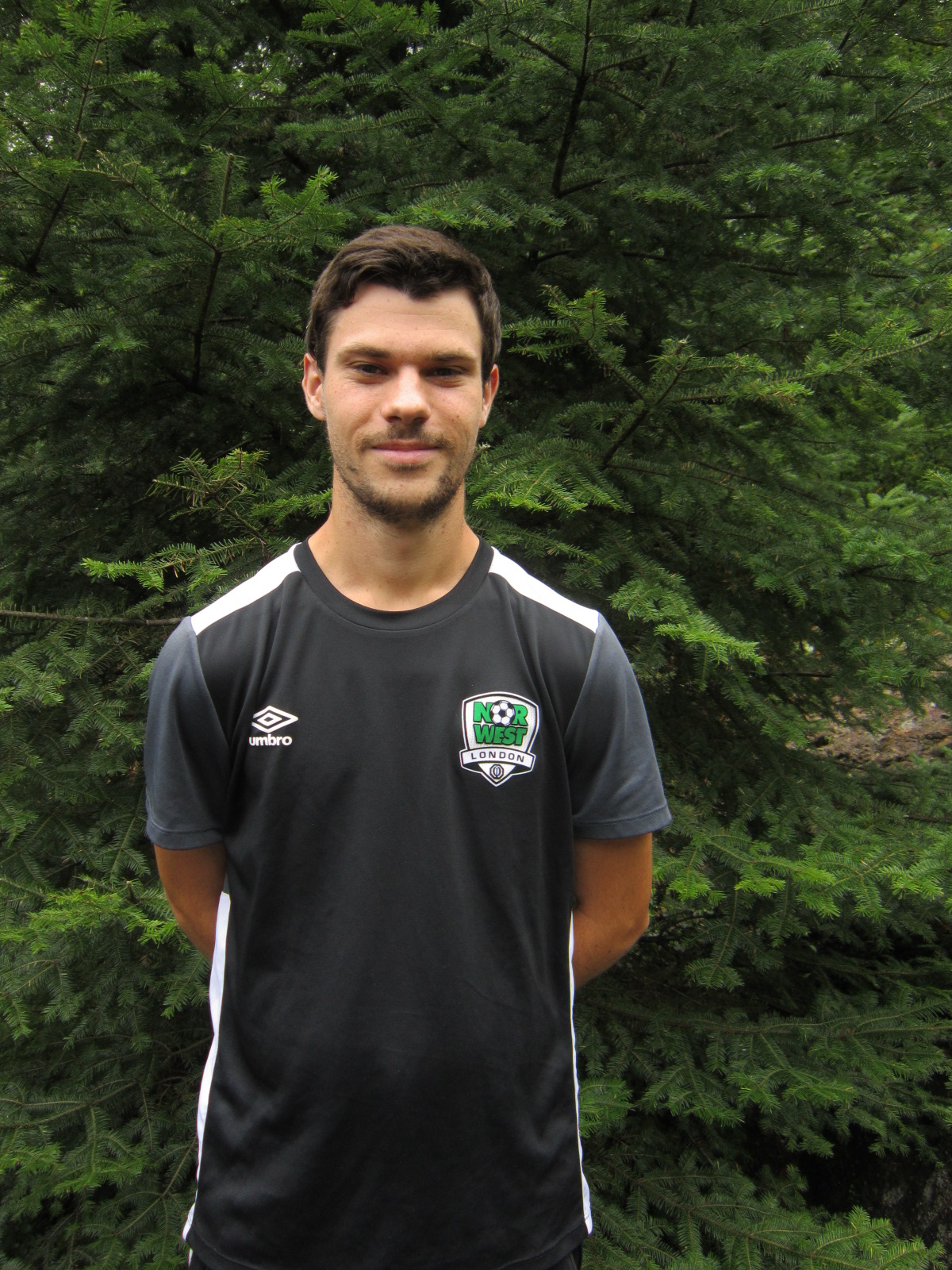For every short distance run I’ve done over the years, I’ve always held onto a critical rule of thumb. Sometime in training, usually with three and then two weeks to go until race day, I practice my race distance at tempo pace. The point of these runs is not to actually test the intended race pace, but to test everything else at a slower rate – from fuelling to pacing to race strategy.
This has worked like a charm, and I would credit this as one of the main reasons why I was able to recover so quickly from injury to run a sub-2-hour 30k at Around the Bay. I practiced two 30k’s in the weeks leading up, both at a sub-2:12 time (20s slower per/km). While some might argue there’s no point in running your race distance until race day, I know that there are key ways that you can curb those doubts with the proper rest and recovery.
When doing these efforts, I take the full-on approach to rest, as though it was the race itself. In other words, I practice my recovery and rest to the same extent that I would want after the real thing, taking two days off.
Don’t get me wrong. I’m also a proponent for longer distance races of back to back runs amounting to race distance (check out the title of this site if still confused). On these runs, hitting that race pace is perfectly achievable, but you could still adopt the approach of safely tempo-ing the distance instead.
But now shifting my focus to a 50k at the end of May, I genuinely wonder if I could continue my approach to race stimulation. It might be a risk to run a 50k in practice when two 25k’s on back to back days would do the trick. But I’m genuinely curious if I can work my way up to a level where I get an exact feel for what that 50k will feel like at different stages.
The major benefit to this approach is not only in stimulating the muscles and knowing what you are capable of physically, but also stimulating the brain and knowing what you are capable of mentally. On my second training race for my 30k, I comfortably rolled to a faster pace in the final 6k. Knowing that I was capable of accomplishing this helped me to stay steady between 10k-24k, knowing that I could kick it into gear later on if I wanted to.
Obviously I think there is a limit to this training strategy. I don’t think I would attempt the strategy for a 100-miler. But I fully plan on attempting the strategy for my 6-hour event in July, ensuring I know what it feels like to run 6 hours in the heat. I want to know how to fuel and hydrate for the distance, how to stay cool in scorching hot temperatures, and how to comfortably race for six hours while having fun. The best way to do this is by practicing it at a slower pace in training.
So while my strategy to race simulation + stimulation might not work for every distance, I plan on continuing to make it a hallmark of my training – ensuring that I’m race ready and fully comfortable with the distance. If you want the same for your running, feel free to send me a message.





